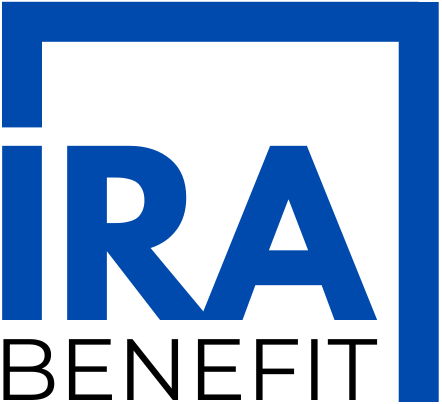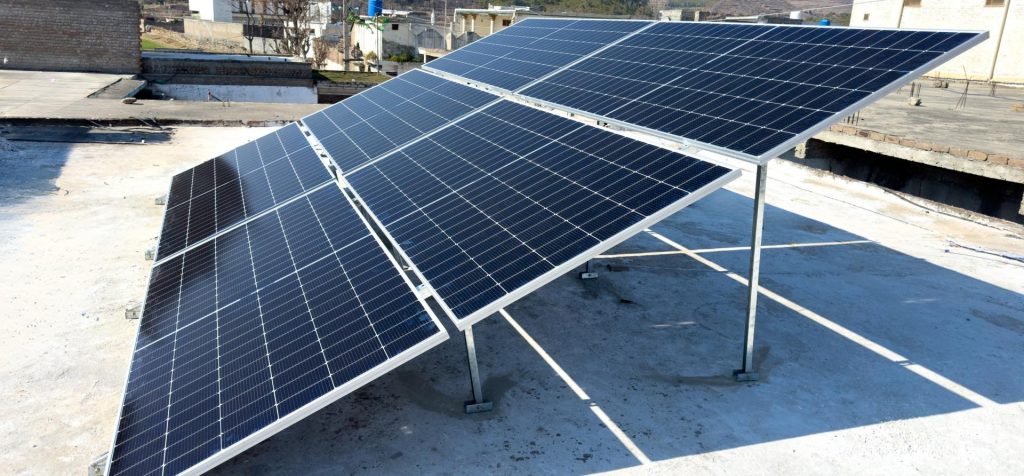Paris Agreement
Paris Agreement The Paris Agreement: A Global Commitment to Combat Climate Change The Paris Agreement is a landmark international treaty aimed at addressing climate change on a global scale. Adopted and embraced by 196 Parties / Nations during the (COP21UN Climate Change Conference) in Paris on December 12, 2015, the Agreement came into force on November 4, 2016. It represents a united global effort to mitigate the effects of climate change while fostering resilience and adaptation strategies. Key Objectives of the Paris Agreement The Paris Agreement seeks to: Key goals of the IRA include: Limit Global Warming Participation to hold the increase in global average temperatures below 2°C above pre-industrial temperature levels, while working towards limiting the rise to 1.5°C. Expert scientific studies emphasize that exceeding the 1.5°C threshold and change could trigger severe climate impacts, including extreme weather events and ecosystem disruption. 01 Reduce Emissions Achieve greenhouse gas (GHG) emission peaks by 2025 and reduce emissions by 43% by 2030. 02 Promote Resilience Enhance the ability of nations to adapt to the adverse effects of climate change while pursuing sustainable development goals. 03 How the Paris Agreement Functions Nationally Determined Contributions (NDCs) Countries submit climate action plans, known as NDCs, every five years. These plans outline specific actions to reduce GHG emissions and strategies to adapt to climate change. Each updated NDC must demonstrate greater ambition compared to previous submissions. Long-Term Strategies (LT-LEDS) The Agreement encourages nations to submit voluntary long-term low-emission development strategies (LT-LEDS) to provide a broader vision for sustainable development and GHG reduction over decades. Global Stocktake Starting in 2024, the enhanced transparency framework (ETF) will track progress in mitigation, adaptation, and financial support. Data collected will inform the Global Stocktake, a periodic assessment of collective achievements, culminating in recommendations for more ambitious climate actions. Support Mechanisms for Developing Nations The Paris Agreement emphasizes equitable support for nations with fewer resources through: Finance Developed countries lead in providing financial assistance to vulnerable nations for mitigation and adaptation efforts. Capacity Building Accelerating the development and deployment of climate-resilient technologies. Electric Vehicle Integration Strengthening the ability of developing countries to respond effectively to climate challenges. Achievements and Opportunities Despite challenges, the Paris Agreement has catalyzed significant advancements: Emerging Carbon Neutrality Goals Countries, cities, and businesses are increasingly committing to net-zero targets. Competitive Zero-Carbon Solutions Renewable energy technologies are becoming cost-competitive, particularly in power and transportation sectors, which collectively account for 25% of global emissions. By 2030, zero-carbon technologies could dominate sectors responsible for over 70% of emissions. Pathway to Sustainable Development The Agreement integrates climate action with broader global goals, creating a framework for sustainable economic growth. A Durable Framework for the Future The Paris Agreement is not just a climate treaty—it’s a cornerstone for global sustainability, fostering cooperation and accountability. Through its implementation, nations can collectively mitigate climate risks, adapt to new challenges, and transition toward a net-zero emissions future, ensuring a more resilient planet for generations to come. For more information on how the Paris Agreement aligns with global sustainable development and the transition to renewable energy, explore our resources. $0.0K Saved for clients







